
Purple Veins on Your Legs: When to Worry
Purple Veins on Your Legs: When to Worry
Have you noticed bluish or purple veins appearing on your legs? These visible veins, whether they are small and flat or large and raised, are incredibly common. While they may seem like a simple cosmetic issue at first, they can sometimes be a sign of a more serious health problem.
Here’s a breakdown of what causes them, when they are a cause for concern, and how you can prevent or manage them.

What Causes Purple Veins?
Several factors can lead to the appearance of visible veins on your legs:
-
Genetics: If your parents or grandparents had them, you are more likely to develop them too. A hereditary weakness in the vein walls and valves is often a key factor.
-
A Sedentary Lifestyle: Sitting or standing for long periods can cause blood to pool in your legs, which increases pressure on your veins over time.
-
Excess Weight: Carrying extra weight puts additional strain on your veins and can weaken the valves that help blood flow back to the heart.
When to Be Concerned
While many cases of purple veins are harmless, some can signal a deeper health issue. You should be especially mindful if the veins are persistent or worsening. These may be signs of:
-
Chronic Venous Insufficiency (CVI): This condition occurs when the valves in your veins don't function properly, causing blood to back up. This leads to the veins stretching and darkening.
-
Vascular Blockages: Damage or trauma to your veins can trigger long-term changes in their appearance and function.
-
Other Medical Conditions: In some cases, changes in your leg veins can be linked to conditions like Type 2 Diabetes or even heart and circulatory issues, especially if accompanied by symptoms like chest pain or shortness of breath.
It’s important to note that untreated vein issues can progress to more severe complications, such as deep vein thrombosis (DVT), venous ulcers, or phlebitis (vein inflammation).
Early Warning Signs to Watch For
Pay attention to both how your veins look and how your legs feel.
Early Stage Signs:
-
Small, flat, bluish-purple veins under the skin.
-
Typically painless and noticed only by their appearance.
Advanced Stage Signs:
-
Veins become larger, raised, or darker.
-
Legs feel heavy or fatigued.
-
Swelling, especially in the evening.
-
Cramps or a burning sensation.
If you notice these advanced symptoms, it's a strong signal that you should consult a doctor.
How to Prevent and Manage Purple Veins
The good news is that there are many things you can do to protect your leg veins and reduce discomfort.
-
Exercise Regularly: Activities like walking, swimming, or cycling are excellent for boosting circulation and keeping your veins strong.
-
Maintain a Healthy Weight: This reduces the pressure on your circulatory system.
-
Move Around Often: If you have to sit or stand for long periods, take frequent breaks to move your legs or elevate them.
-
Wear Compression Stockings: These stockings provide support to your veins, help improve blood flow, and can reduce swelling.
-
Limit High Heels: Regularly wearing high heels can affect calf muscle activity and increase venous pressure.
Final Thoughts
Purple veins may seem harmless at first, but they can be an early sign of underlying circulation problems. Pay close attention to how they look and feel. If you experience pain, swelling, or other concerning symptoms, talk to your doctor. Taking action early can help prevent serious complications and keep your legs feeling strong and healthy for years to come.
News in the same category


Why Do I Cough When Taking a Deep Breath?

Taking the Stairs Could Help You Live Longer

Signs Your Cortisol Is Dangerously High
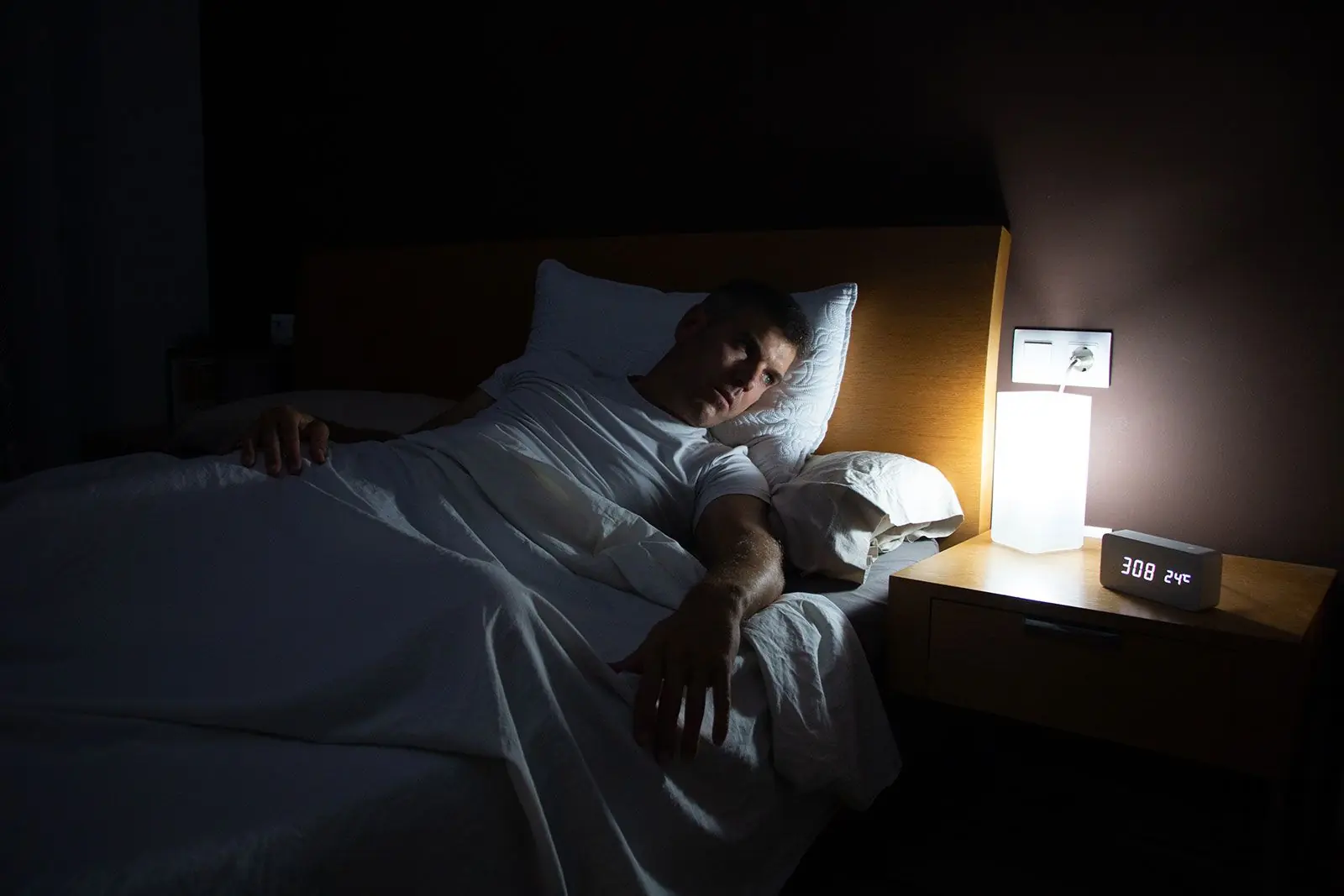
The Sleep Saboteur: The One Thing You Should Never Do When You Wake Up at Night
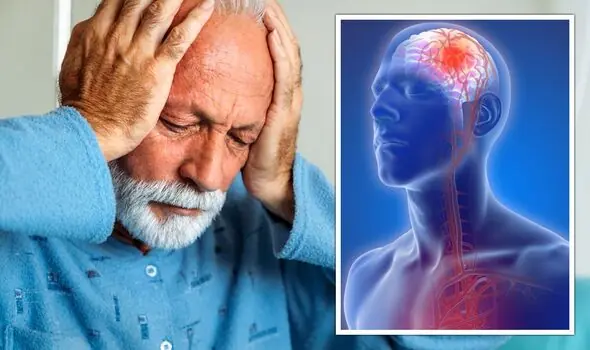
Nightly Habits That Could Increase Your Risk of Stroke

World’s deadliest cancer: 8 early warning signs every older adult should know
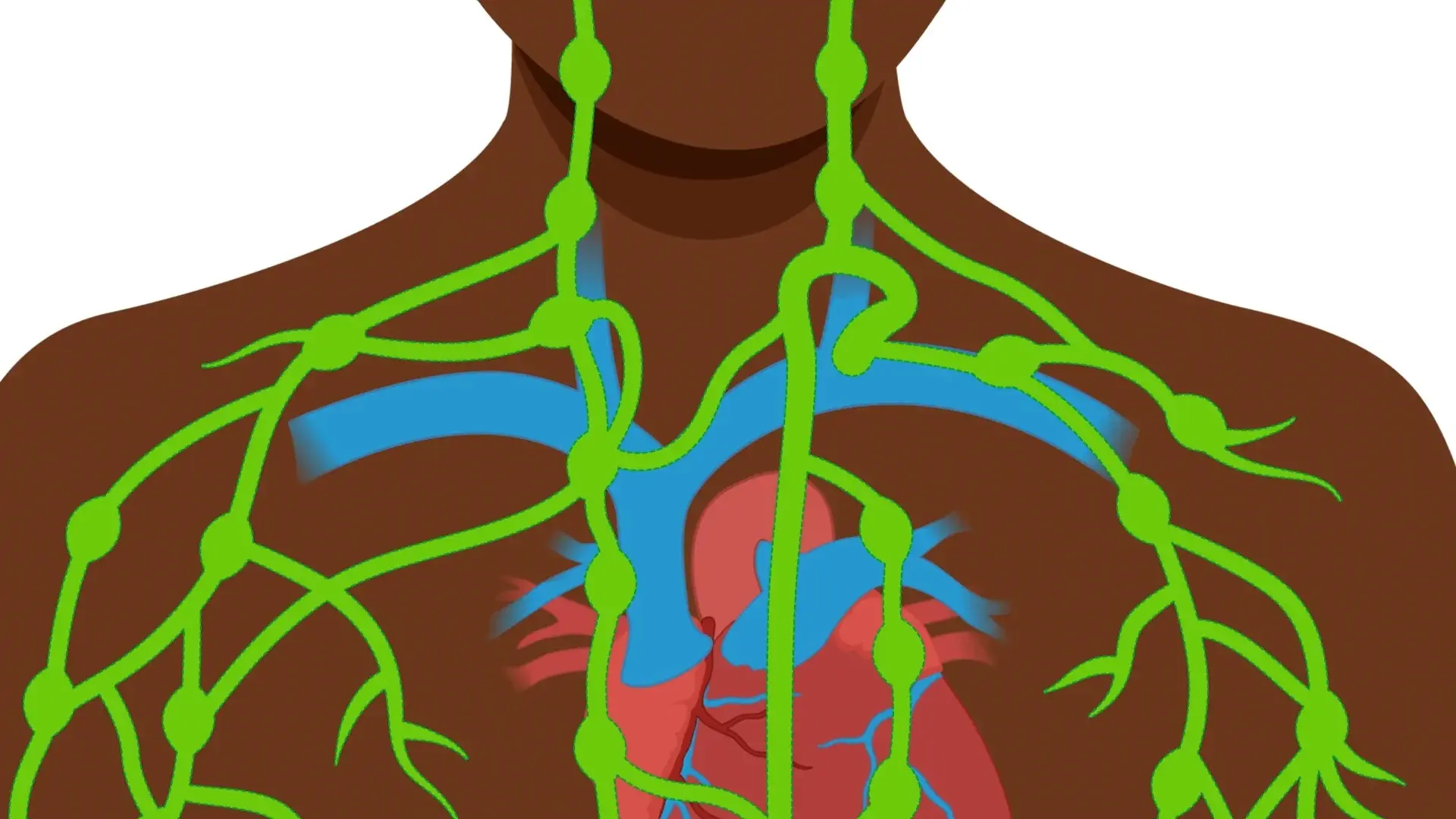
The Fastest Natural Way to Cleanse Your Lymphatic System That No One Talks About

5 Potential Risks of Eating Avocados You Should Know

Top Essential Oils That Instantly Ease Pain and Inflammation

These Are the Early Warning Signs of Diabetes No One Talks About
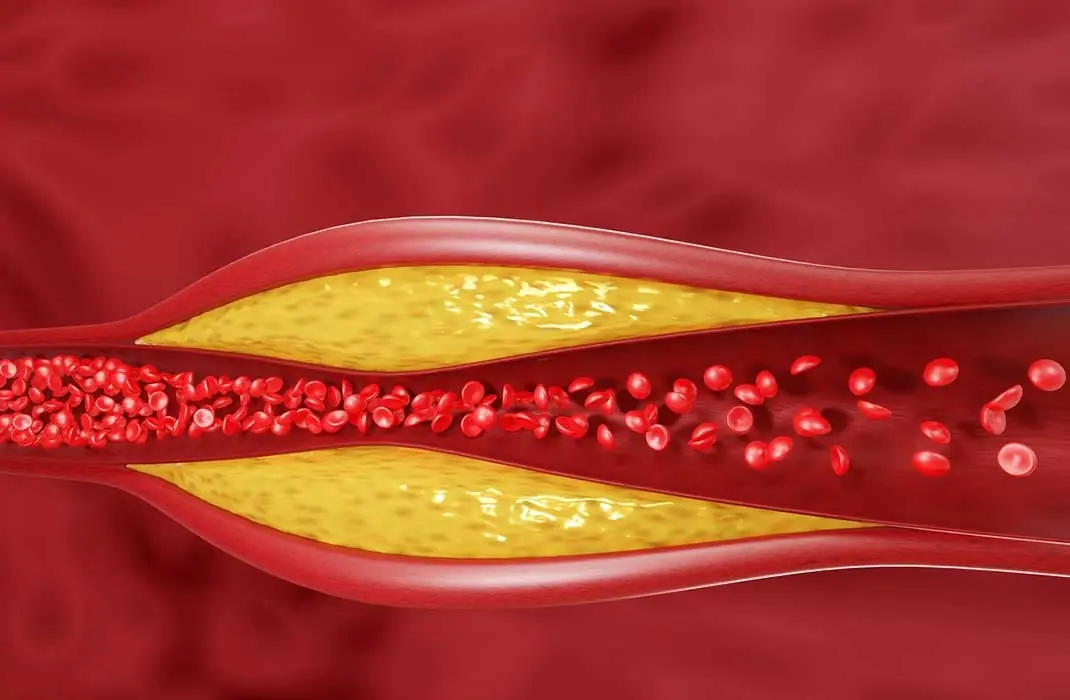
Cholesterol Meds Linked With Heart Attacks, Fast Aging And Brain Damage. Eat These Foods Instead

Food Suddenly Tastes Different? Here’s What Your Body’s Trying to Tell You
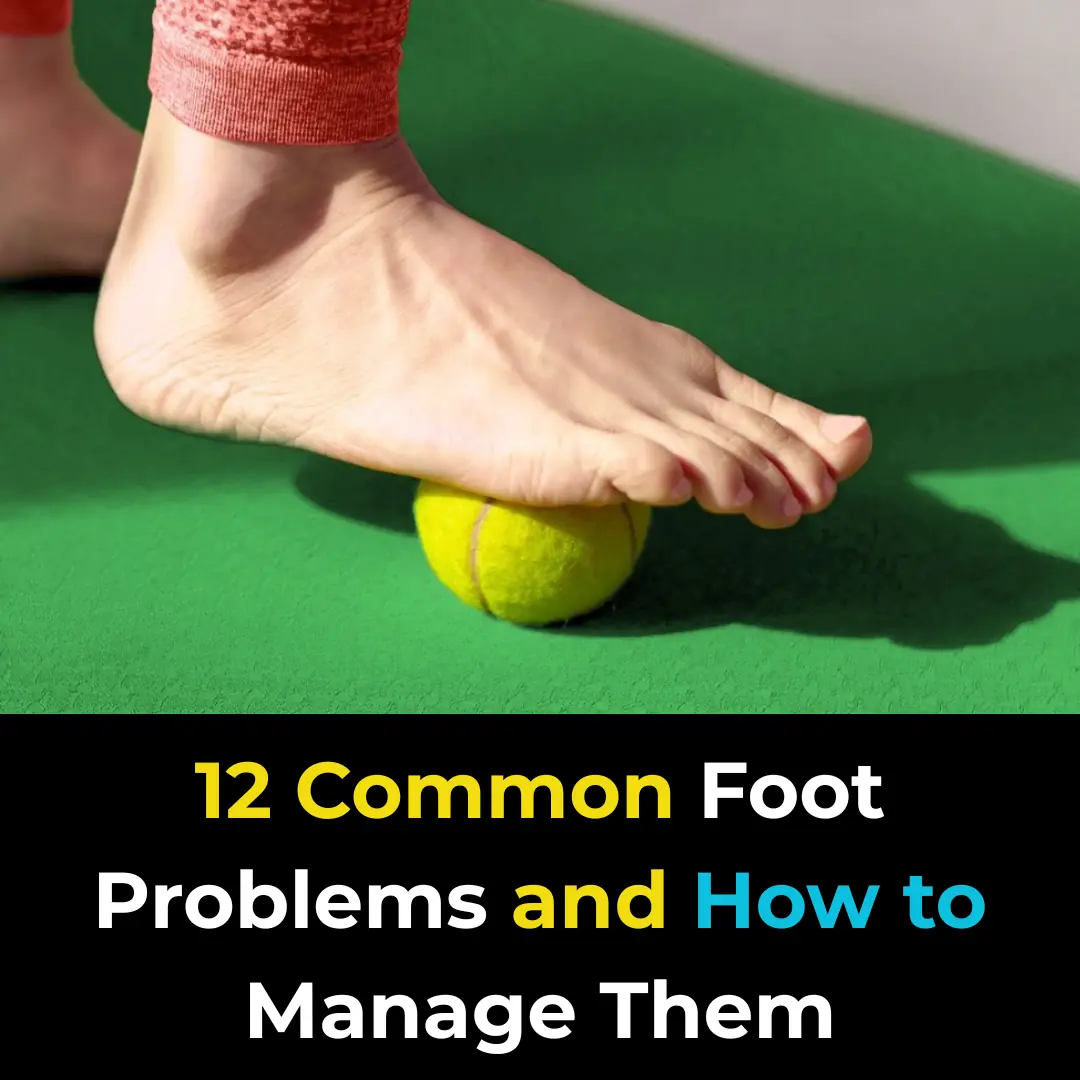
12 Common Foot Problems and How to Manage Them

Is Your Gel Manicure To:xic?

Understanding Eye Floaters: Causes and When to Seek Help

9 Convincing Reasons to Consume More Dates

Early-Stage Cancer May Not Hurt at First, But If You Notice These 8 Signs When Using the Bathroom, See a Doctor Immediately: Don’t Be Negligent
News Post

5 Delicious Eating Habits That Put the Whole Family at Risk of C:ancer – Extremely Dangerous and Should Be Avoided Immediately

Be careful — one single action at the airport could ruin your en:tire life.

Condolences to those who are using these 4 types of electric kettles: Throw them away while you still can, thousands of people have already developed c:ancer.

How Magnesium Keeps Your Heart Rhythm Healthy

Why Do I Cough When Taking a Deep Breath?

Taking the Stairs Could Help You Live Longer

Man develops 'pork worms' in his brain after years of doing this specific cooking habit

Signs Your Cortisol Is Dangerously High

Woman who d::ied for 24 minutes before being brought back to life details exactly how it felt

The Sleep Saboteur: The One Thing You Should Never Do When You Wake Up at Night

Nightly Habits That Could Increase Your Risk of Stroke
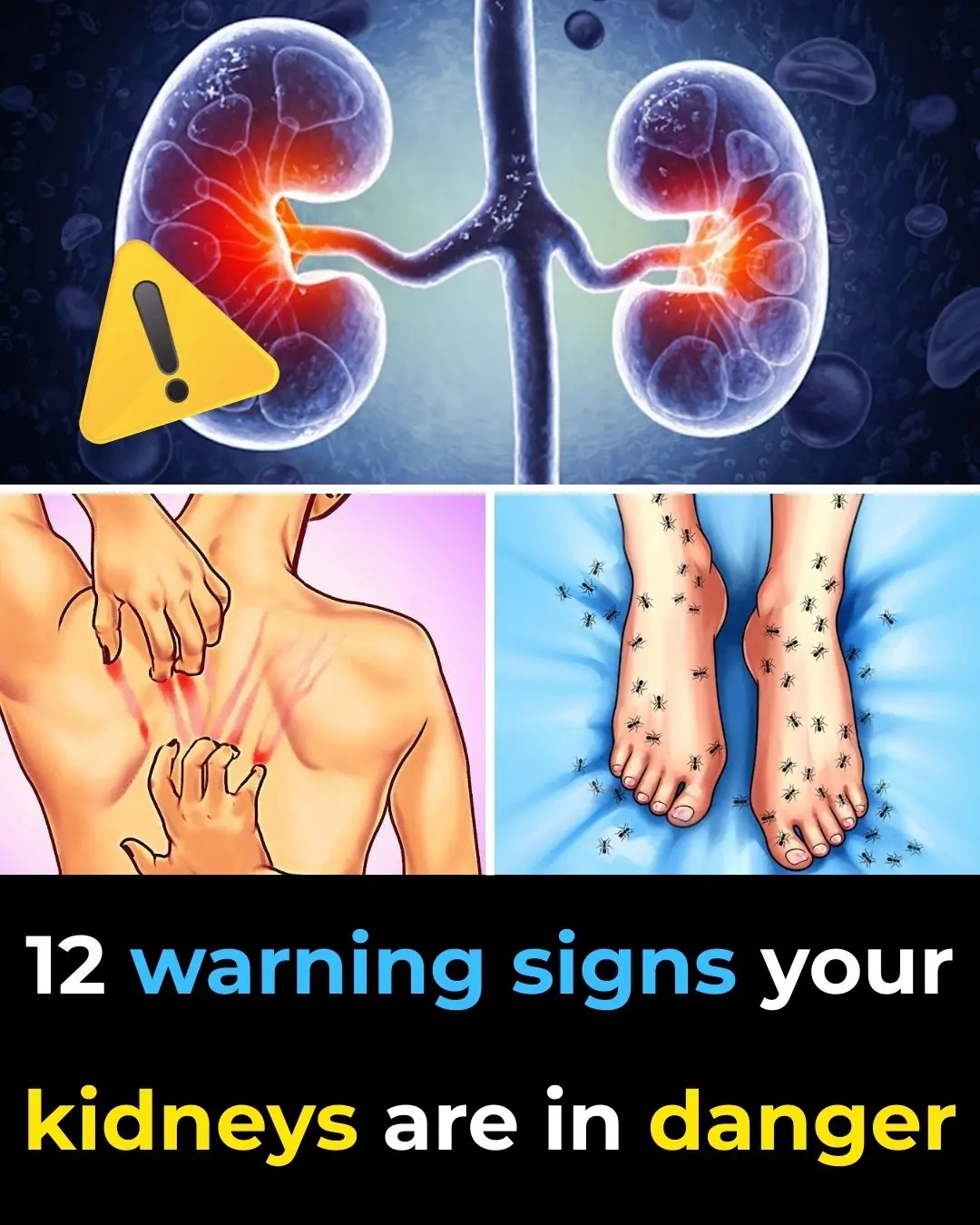
🚨 ALERT! 7 Strange Signs Your Kidneys Are Crying for Help
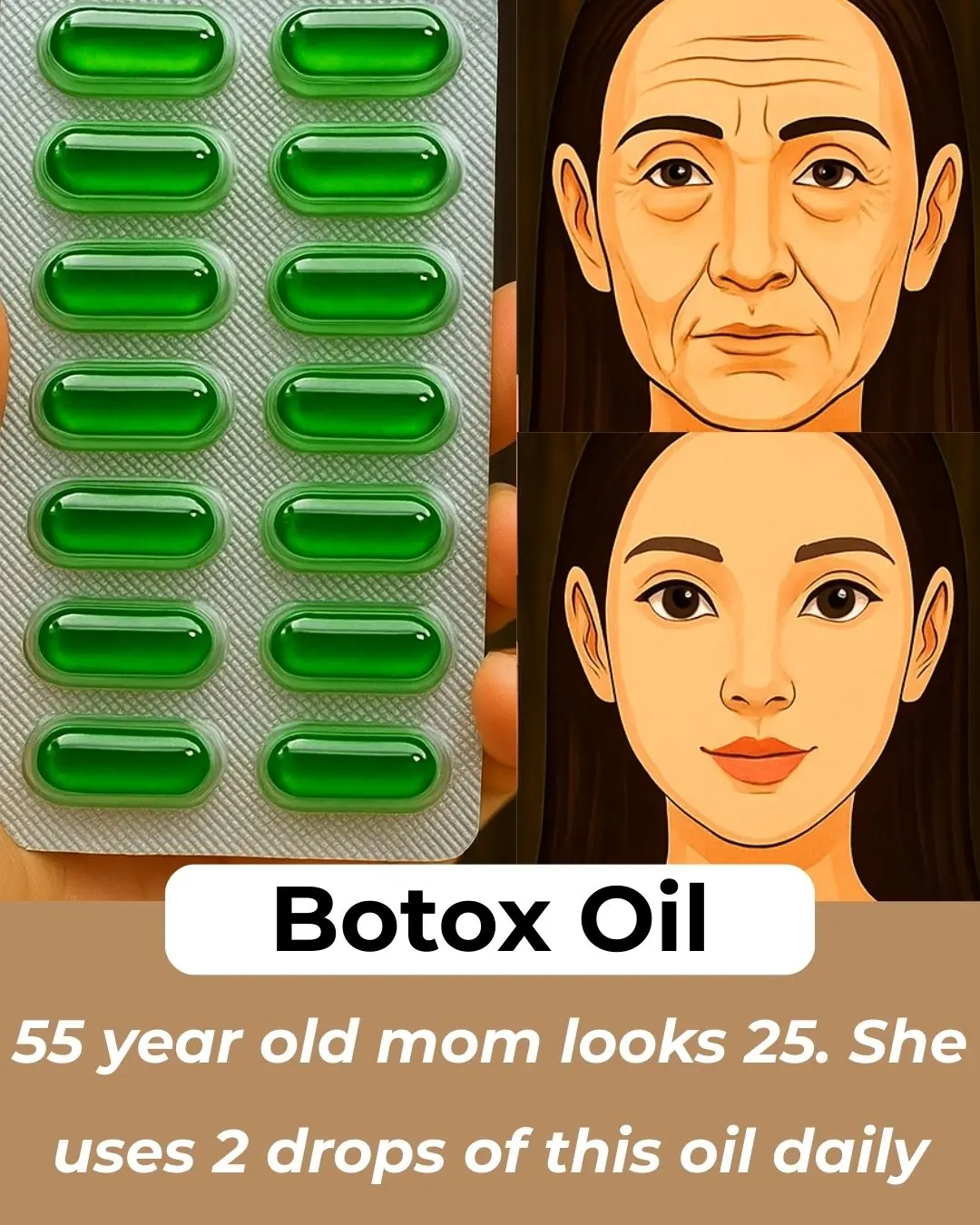
Vitamin E Oil uses for Skin – Glowing Skin, Dark Circles & Wrinkles

DIY Aloevera ice cubes to Remove Dark Spots & Clear Skin | Aloevera Benefits for Skin

Tips for pickling white eggplants that are crispy, do not turn black, and do not form scum when left for a long time

11 Secret Baking Soda Tricks for Women That Will Change Your Life!

Mattresses used for a long time are dirty and smelly, sprinkle this on the surface, no need to wash with water, it will be clean as new

‘Healthy Man’ Diagnosed With Cancer After Noticing Dog’s Bizarre Behavior Around Him
